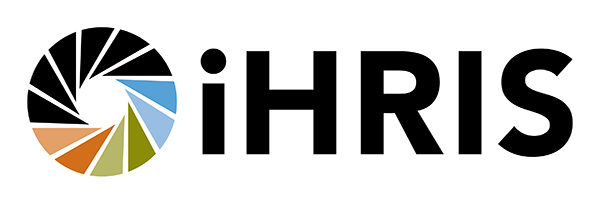Impressions of the Workforce Planning Workshop
We are not workforce planning experts, yet it is one of our goals for the Capacity Project to develop user-friendly health workforce planning software specifically for low-resource countries. Last week, we brought together a group of workforce planning experts from all over the world, representing countries like Finland and Uganda and organizations like the World Health Organization, the World Bank and the Asia-Pacific Action Alliance on Human Resources for Health. Our goal was to select a workforce planning model we could base our software on, specify features for the software and form a working group to advise on the software development.
The most exciting aspect of the workshop for me was the conversation, which was constant, lively and collaborative. Everyone agreed that software was sorely needed. The greatest need for the software is to present a complex task in a simpler way so that planners and policy makers can easly analyze data about their health workforce and plan for the future.
The conversation revolved around the many complexities of workforce planning, such as ensuring that plans are affordable and balancing the needs of different geographical areas in a country, as well as the private and public sectors. Many issues we hadn't even considered were raised by our group of experts. For example, I hadn't realized that the data requirements for short-term and long-term projections are very different, yet both are crucial for effective planning. It was also important to consider how our software will help planners present their recommendations to decision makers in government, other stakeholders and even the media.
Finally, I learned that there is an art to workforce planinng, as well as a science. The planner must stand back and take a look at the set of assumptions made about the future of the workforce, and then fine-tune those assumptions to adjust for the context of that country. How can we support this artistic process in software? At this point, I'm not sure.
We walked away with a robust set of suggestions for how to start our first iteration of development, which is scheduled for piloting in Namibia only six months from now. And I learned more about the nuances and complexities of workforce planning than I ever imagined. Now the real fun begins as we start developing the software. But with this group of experts ready to provide suggestions, test prototypes and help write the documentation, I feel confident that we can produce an extremely useful tool. I, for one, am looking forward to the conversation continuing.
Does workforce planning excite you? We are looking for contributors to help us develop our Open Source workforce planning software. We need help with documentation, testing and programming. If you're interested, leave a comment or contact us.
